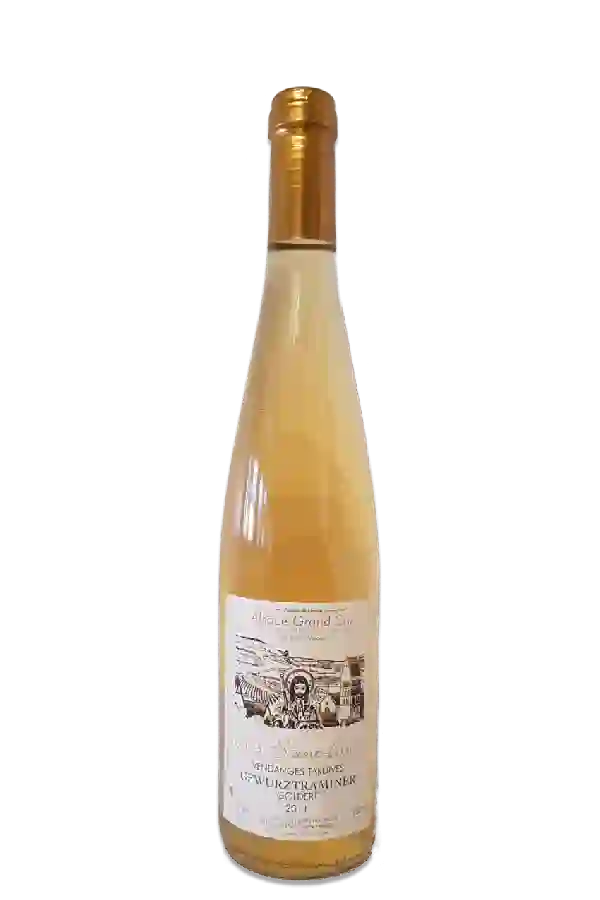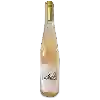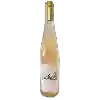
Winery Ernest BurnVendanges Tardives Muscat Alsace Grand Cru 'Goldert Clos Saint Imer'
This wine generally goes well with spicy food and sweet desserts.
Food and wine pairings with Vendanges Tardives Muscat Alsace Grand Cru 'Goldert Clos Saint Imer'
Pairings that work perfectly with Vendanges Tardives Muscat Alsace Grand Cru 'Goldert Clos Saint Imer'
Original food and wine pairings with Vendanges Tardives Muscat Alsace Grand Cru 'Goldert Clos Saint Imer'
The Vendanges Tardives Muscat Alsace Grand Cru 'Goldert Clos Saint Imer' of Winery Ernest Burn matches generally quite well with dishes of spicy food or sweet desserts such as recipes of hawaiian pizza or birthday cake.
Details and technical informations about Winery Ernest Burn's Vendanges Tardives Muscat Alsace Grand Cru 'Goldert Clos Saint Imer'.
Discover the grape variety: Blanc Dame
Blanc Dame blanc is a grape variety that originated in France (South-West). It produces a variety of grape specially used for wine making. It is rare to find this grape to eat on our tables. It should be noted that this grape variety can also be used for the elaboration of eaux de vie. This variety of vine is characterized by bunches of medium size, and grapes of medium caliber. The Blanc Dame Blanc is grown in the following vineyards: South-West, Cognac, Bordeaux, Provence & Corsica, Rhone Valley.
Informations about the Winery Ernest Burn
The Winery Ernest Burn is one of of the world's great estates. It offers 18 wines for sale in the of Alsace Grand Cru 'Goldert' to come and discover on site or to buy online.
The wine region of Alsace Grand Cru 'Goldert'
The wine region of Alsace Grand Cru 'Goldert' is located in the region of Alsace Grand Cru of Alsace of France. Wineries and vineyards like the Domaine Ernest Burn or the Domaine Zinck produce mainly wines white and sweet. The most planted grape varieties in the region of Alsace Grand Cru 'Goldert' are Gewurztraminer, Riesling and Pinot gris, they are then used in wines in blends or as a single variety. On the nose of Alsace Grand Cru 'Goldert' often reveals types of flavors of peach, golden raisin or pear and sometimes also flavors of citrus, dried apricot or orange blossom.
The wine region of Alsace
Alsace, located in the extreme north-east of France, is Distinguished from other French wine regions by its strong Franco-Germanic influences. These influences are the result of a back-and-forth between the German and French sovereignties over the last few centuries. They can be seen not only in the architecture and culture of Alsace, but also in the wines. Alsace wines are produced under three main appellations: Alsace and Alsace Grand Cru for still white wines (Sweet and Dry), and Crémant d'Alsace for Sparkling wines.
The word of the wine: Organic (agriculture)
A type of agriculture (and therefore viticulture) based on respect for living organisms and biological cycles, and which excludes the use of synthetic treatment products and synthetic fertilizers. Organic farming is guaranteed by the respect of a set of specifications.




